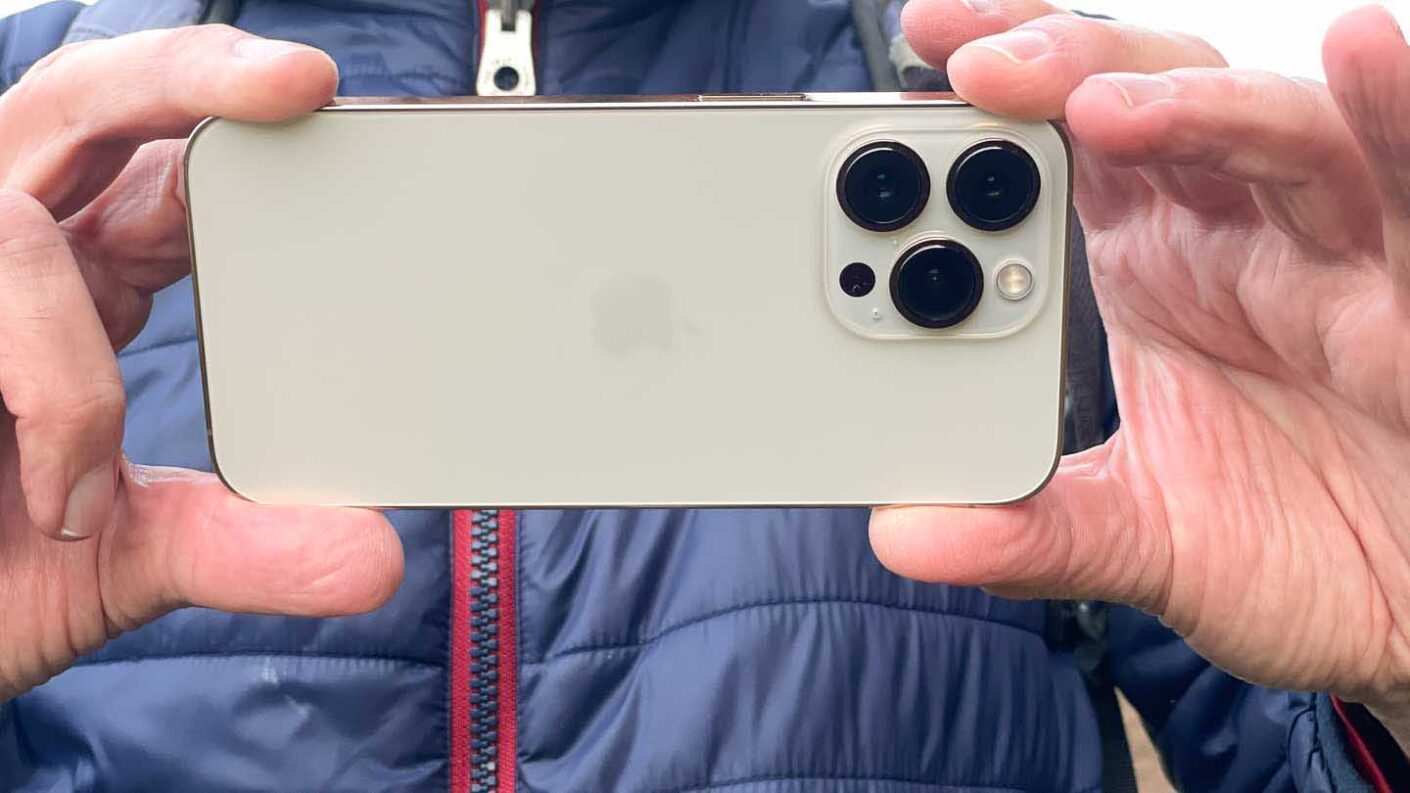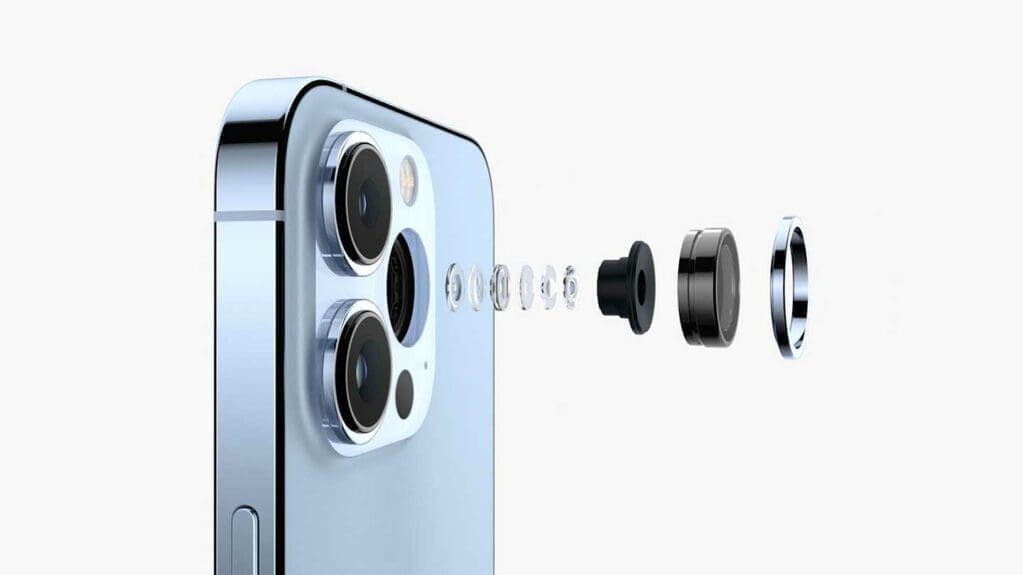With 12Mp available on each of its main cameras, the iPhone 13 Pro doesn’t produce the largest images around, but generally, they look great on its screen. They also look good when shared on social media.
In bright sunshine the jpeg and HEIF images can look a little over-sharpened if you zoom in, but at normal viewing and sharing sizes, they look good. Raw files, which are saved in DNG format, however, usually look a bit more natural.
The iPhone 13 Pro quickly spots humans and animals in the image frame and lets you know by putting a yellow square around them and getting them sharp. Even if it doesn’t identify a specific subject and put a box around it, the 13 Pro does a good job of getting the nearest object in the frame sharp.
Thanks to the large apertures and the phase-detection focusing with every camera, the iPhone 13 Pro also gets subjects sharp quickly in gloomy conditions. It’s also quick to activate Night mode automatically if required – its icon in the top left of the screen turns yellow to let you know – and then takes a longer exposure (or composites several exposures). If your subject moves, it’s likely to be blurred but the iPhone 13 Pro does a great job of ignoring the accidental shake and wobble that comes with hand-holding the phone and can deliver sharp 2-second exposures.
I’m particularly impressed by the amount of detail visible in the bricks and logs around a dark fireplace shot in the evening when I held the camera for a two-second exposure.
Inevitably, it’s not all good news though. When I photographed my dog with the telephoto camera as he stood in a woodland, his fur looks at bit smudged and uniform at ISO 800.
Including the sun in the frame or close to the edge of the frame can also challenge the camera’s dynamic range and a few of my images with bright skies have a band of cyan between the brightest area and the normal sky blue.
On the whole though, I think the iPhone 13 Pro’s dynamic range is decent. I’m happy with the results I got when photographing a window on an overcast September morning. The windowsill, ornaments and curtains in the foreground look natural and not too dark while there’s plenty of detail in scene outside the window.
Portrait mode
Portrait or aperture mode is now a familiar feature of smartphone cameras and it works very well on the iPhone 13 Pro. Occasionally, the camera doesn’t handle the selection of subject quite as well as we’d like, but generally it does a great job and the transition from sharped to blurred looks good.
Photographic Styles
I was initially a little underwhelmed by the Photographic Styles, I was expecting a little more impact. However, after fiddling around with them, I’ve settled on using the Warm setting on most occasions. I prefer warm images and in many instances this produces images a little more towards my taste.
What I’d really like, however, is to have proper white balance control. Of this can be obtained by processing raw files or using an alternative camera app, but that’s not the point.
Using a Photographic Style rules out using raw files, but it means your images may be closer to what you’re aiming for at the shooting stage. If you do shoot raw files, the storage requirements jump up but as they’re DNG format they are widely compatible and popular apps like Snapseed can handle them.
Video performance
When set to 4K resolution, the iPhone 13 Pro produces very nice video and the stabilisation works well. The stabilisation does a great job of taking out the fine tremor that’s often seen when a camera is hand-held and it even enables watchable footage to be created when walking with the camera.
Activating Cinematic mode drops the video resolution to Full HD, but again the results look good. The transition in focus from one point to another is fairly swift and generally accurate, but it would be nice to have control over the speed of the change.
Mistakes in the subject identification are more noticeable in video than they are in stills so I’d advise being wary of using the largest aperture setting as this makes an errors more apparent.
I’ll update this review once ProRes mode becomes available.




